The best executive is the one who has sense enough to pick good men to do what he wants done, and self-restraint to keep from meddling with them while they do it.
Theodore Roosevelt
A protagonist of his time
The Roman Empire, by Wolfgang Schreier, Bonn 2003
By 156 BC Caecilius Metellus started to propose waging war against Carthage. He argued that after the third Macedonian war the Roman army was disciplined enough to win against a war against its archrival. Metellus saw Carthage as a constant threat to the security of Rome which had to be dealt with, and his eyes, rather sooner then later. The senators were indifferent to this proposal, Rome had just been through war and Carthage did not threaten Rome right now. On the other hand Rome was waging war in Spain. The Celts from the city of Numantia were constantly harassing the Roman borders, which drew much military attention.
Open battles against the Celts were rare. Whenever the Celts could they would rather raid trade routes and undefended Roman colonies. The Numantians were strong enough in numbers to face the Romans in open battle.
Romes biggest advantage over the celts were a strong cavalry that outflanked the strong Celtic infantry. It is asthonishing that the followind decades the Romans would decrease their number of Equites.
Celtic infantry were well equipped formidable foes.
The battle of Numantia was a huge battle that saw the defeat of Celtic resistence in the center of Spain.
Thousand of men fighting.
Cavalry outflanking the Celts and crushing them from the rear.
But Metellus remained calm and waited for a better moment. Meanwhile he was appointed Censor in 154 BC, a crowning achievement for his career.
In the same year a roman Legion defeated the Numantians before their city gates and thus more military stability was granted in Spain again. Metellus made a vow for war again and this time opinions in the Senate were swayed. Metellus was appointed Proconsul to defeat Carthage. In 153 a large fleet with about 60.000 Roman soldiers gathered in Sicily to embark against Carthage once again.
The large Roman fleet landing in Africa.
Metellus making his way to the city.
The overwhelming masses of Roman legionnaires landing in Africa took the Carthaginians completely by surprise. They had not rebuilt their army since the second Punic war and the current Suffet Abdesmnun only had some 10.000 men ready to defend the city.
Abdesmnuns actions already puzzled ancient historian Fabius, since the Romans thought that a long and exhausting siege was about to start. But Abdesmnun gathered his troops in front of the city and marched against the Romans. Perhaps he thought that he might win a surprise victory by attacking an enemy that was rather prepared for siege then an open battle. At the battle of Carthage in 152 BC he fought against 2 legions under the command of Metellus. Abdesmnuns timing was well enough since he only faced an army of 25.000 men.
The battle of Carthage saw some small pokets of fierce fighting, but overall the Romans were baffled by the lack of resistance by the Carthaginians.
The battle only lasted for two hours, afterwards the remaining Carthaginian troops retreated to the city.
Romans love slaves. Oh yes, they do.
In the end Metellus was victorious. The supreme council in Carthage surrendered to the Romans and opened the gates to Metellus. He was the first one to enter the city as a conqueror and ordered the enslavement of all citizens and the destruction of the city. Carthage was looted and then burned to the grounds. The ancient and prestigious city now lay in complete ruins. Metellus returned to Rome as a victor and was granted a triumph for defeating Carthage. The conquered lands were formed to the province Africa. Carthage itself would lie in ruins for decades.
The Roman Republic in 150 BC.
Far to the east, but without relevance to the Romans as of yet, the Parthians were overrunning the Seuleukid Empire.
Parthians overruning the Capital Seleukeia in 148 BC
In the east a new empire was forming, the Parthian Empire. The map shows Parthian domain at 140 BC.
The borders of the Roman republic turned calm with the end of the third Punic war. To the start of the Roman civil war only a few conflicts arose now and then. A short summary is presented here:
In 154 BC Consul S. Aemilius Lepidus conquered the former Carthaginian colony of Leptis Magna and installed a Rome-friendly but politically independent client ruler.
In 138 BC a Greek envoy from Mytilene an island-state in the Aegean Sea sent by the ruler Archagathos asked for help in the struggle of a civil war. The city exiled Archagathos who went to Athens to maintain contacts with Roman politicians there. Archagathos had declared himself as a friend (amici) two decades earlier and now needed the Senates help. After some heated debates among the Senators the Senate eventually agreed to help Archagathos and sent the Roman consul K. Iunius Brutus to the island in 136 BC.
The rebels were defeated and Archagathos returned to power. But Brutus did not return to Rome immediately. After he had learned that the campaign against Archagathos was sponsored by the Kingdom of Pergamon under their king Aristos, he decided to invade Pergamon without the Senates approval. The king did not suspect that this conflict would summon the Romans to his domain, after all the forces of Pergamon were no match for the Roman legions. Aristos was defeated in the battle of Cyme in 136 BC. Brutus returned to Rome and while the Senate had mixed feelings about Brutus decision it agreed to install the province of Asia in the old kingdom.
The Roman Republic in 135 BC, after the Pergamon campaign.
In 133 BC the Lusitani in Spain, who had been conquered in 166 BC, rebelled against the Roman rule caused by miss governance and corruption. The rebellion was quelled by the military legate Publius Cornelius Sulla, a nephew of the famous Spurius Cornelius Sulla.
The Lusitani rebellion. The small city of Oxtraca was the center of the Celtic rebellion.
The same Sulla attacked the Callaeci in 126 BC defeating them in a costly battle of Tyde in the same year. Now most of Spain was in the hands of the Romans, with only the Celtic tribes of the Austures and the Cantabri still being independent.
The battle of Tyde saw great casualties for the Romans. Supply was rare far up in the north of Spain. The unknown terrain was a dangerous area.
The battle of Tyde is a good example of superior Celtic infantrymen. While the Celts have less men then the Romans they are able to inflict tremendous casualties to the Romans who nearly lost the battle.
Eventually Roman cavalry turned the tide of the battle once again. Here they are waiting to manuever against the enemy.
In 123 BC Caecilius Metellus died at the age of 84. For decades Metellus was the most prominent member of the Senate. He had conquered Carthage and influenced the outcome of the third Macedonian war. He was also a very conservative politician who fought against the widespread corruption and thus brought down the legacy of the Scipions. For generations to come Metellus was the example of the “good old Roman politican”.
It has been vividly debated whether Metellus prolonged the civil war by actions his against corruption or if his refusal for any political reforms actually accelerated it.
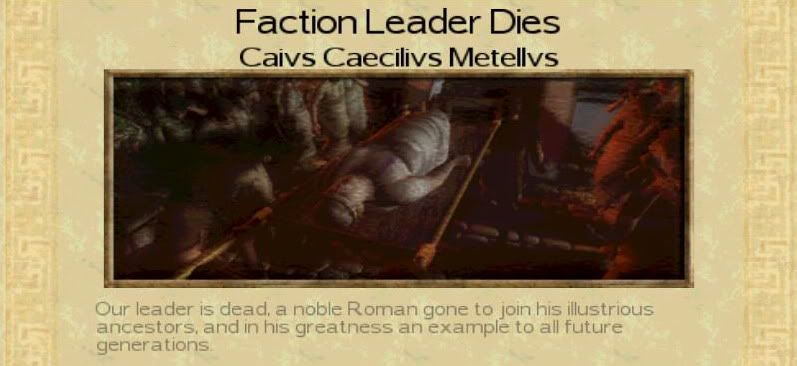




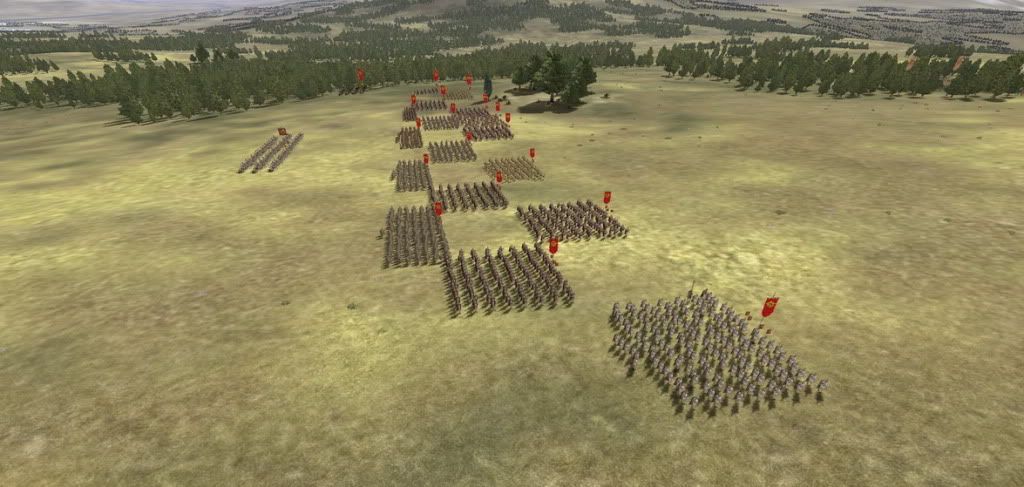
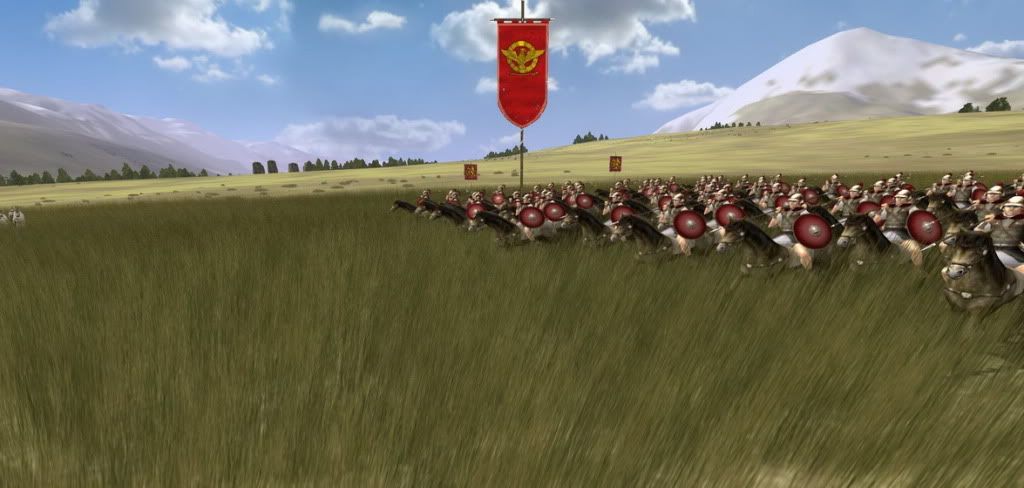
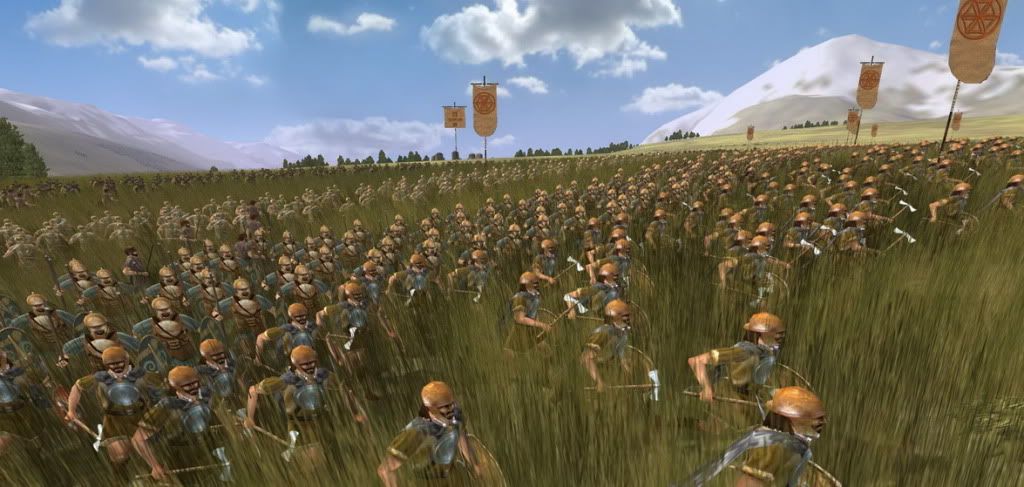
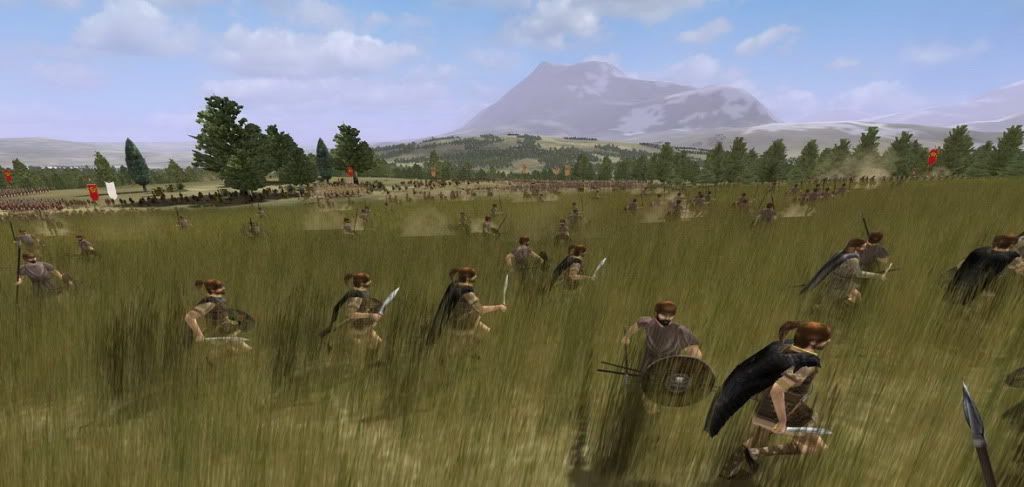
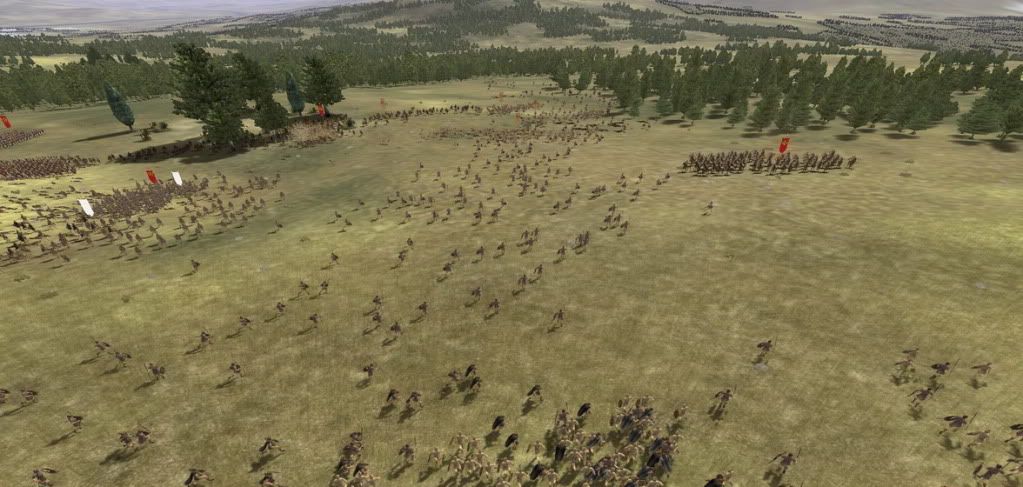
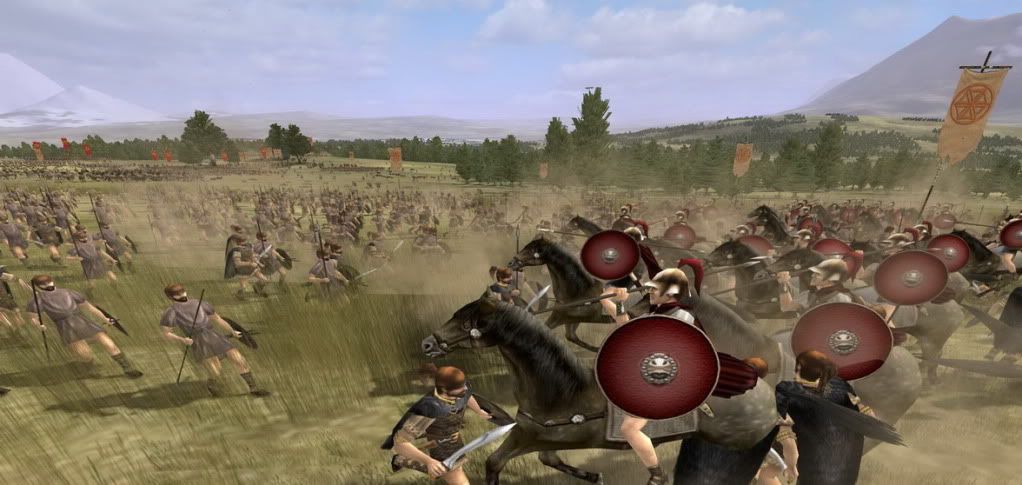

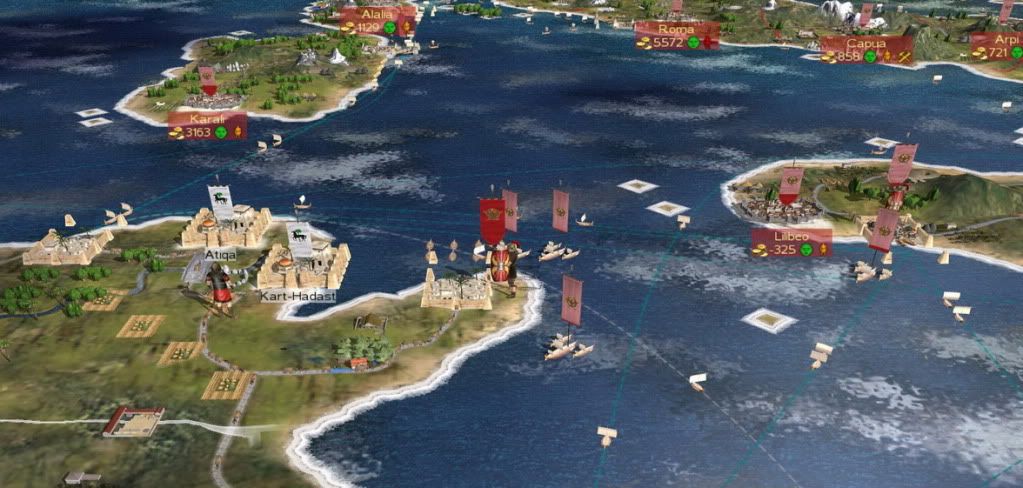
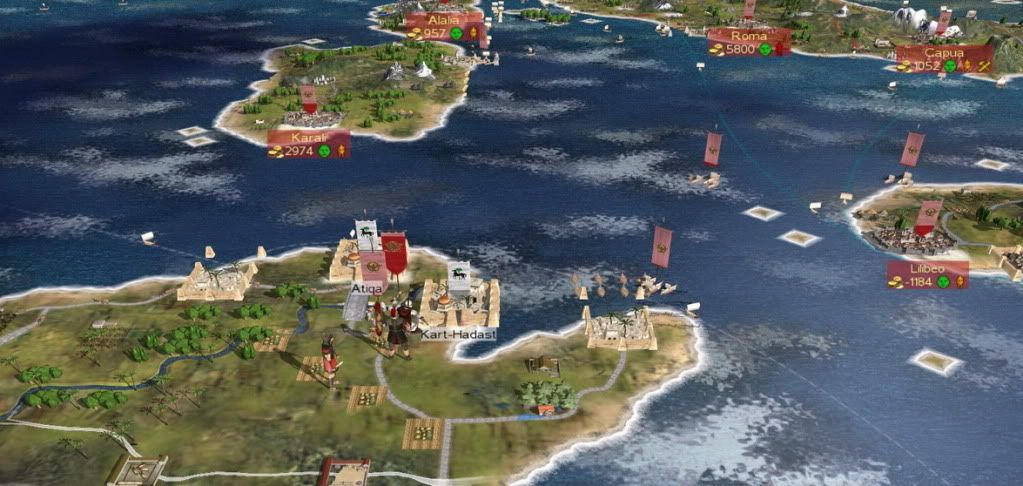
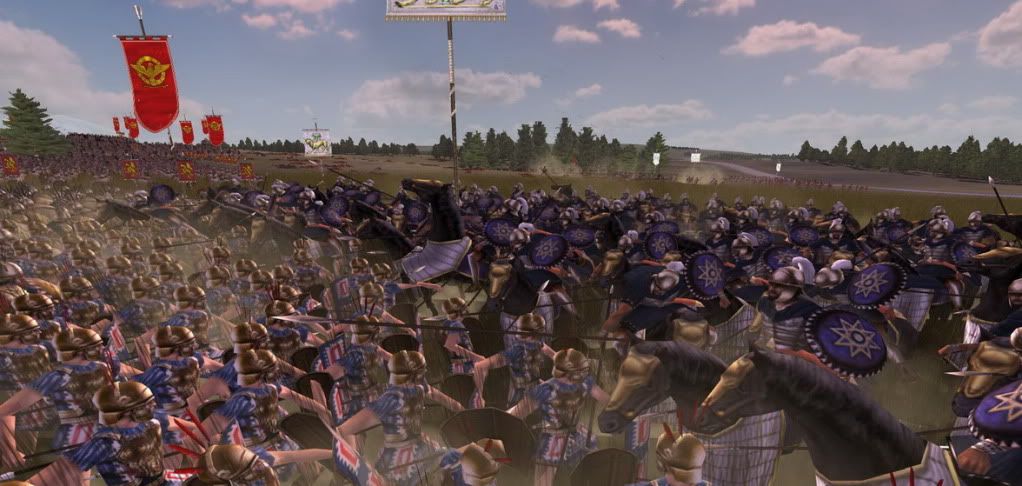
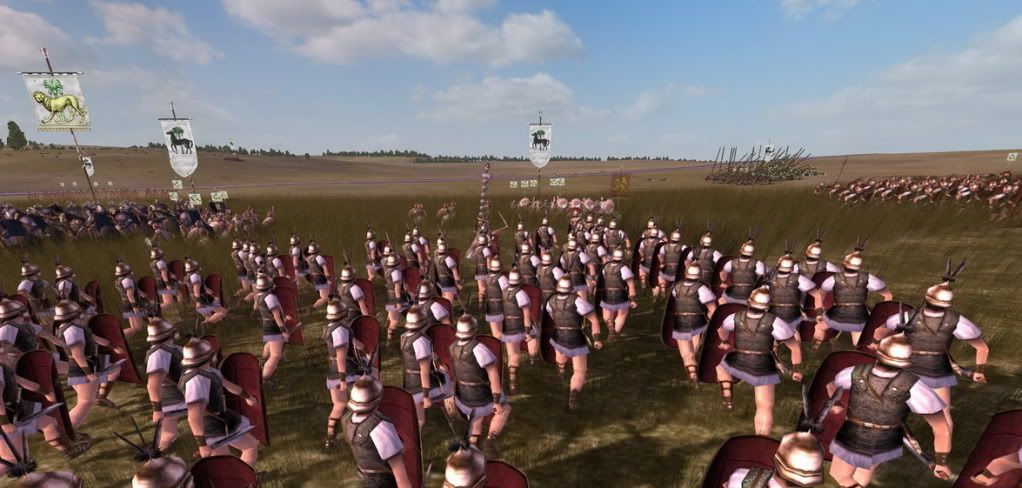
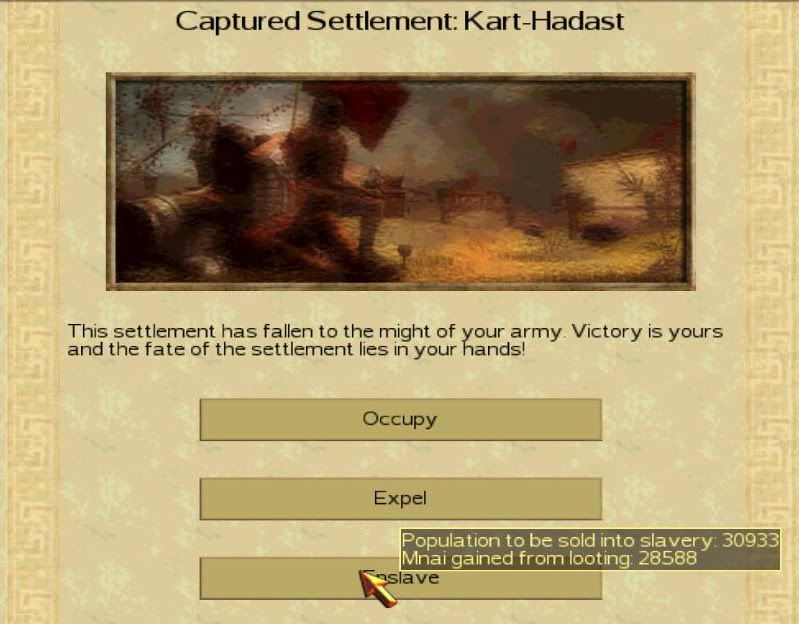
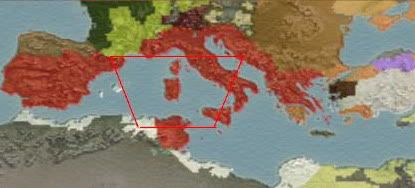
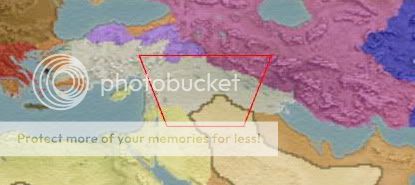
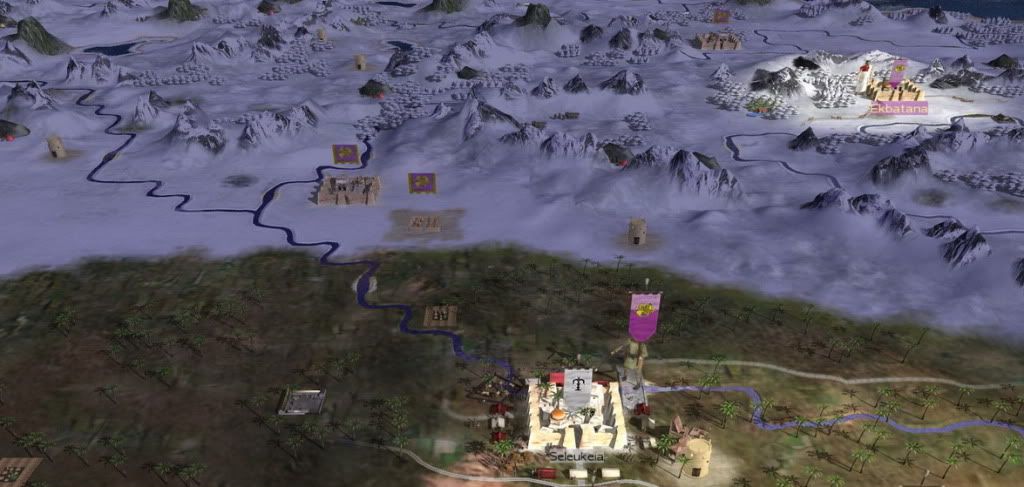
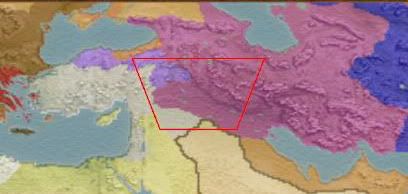
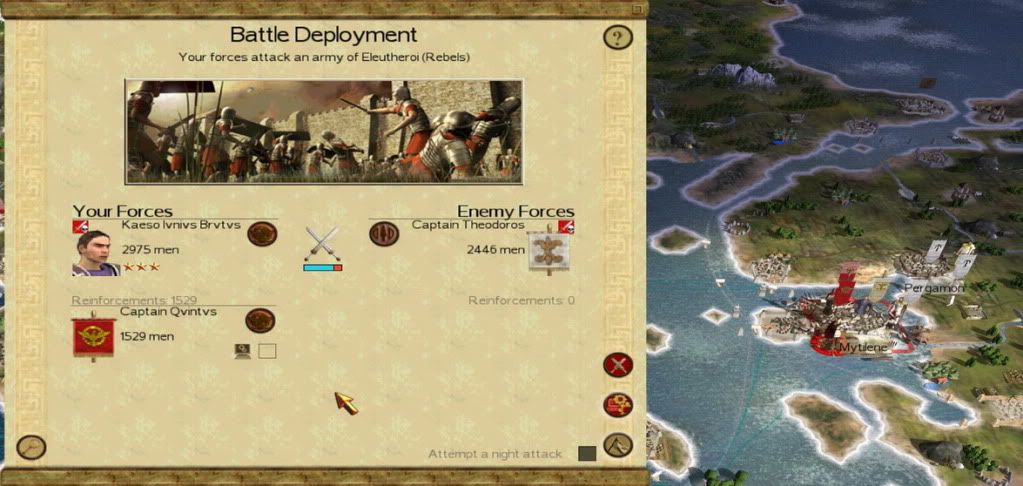
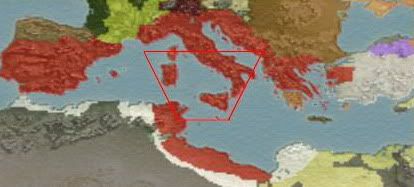
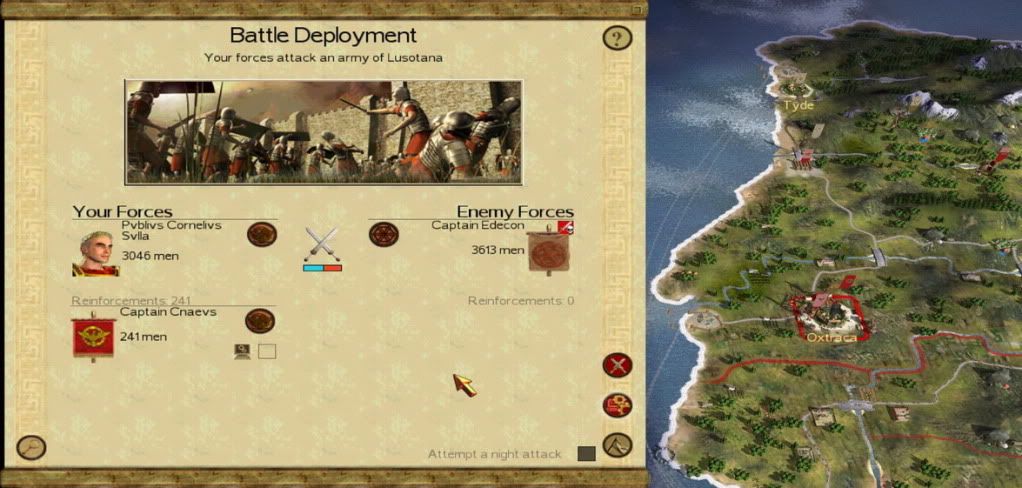

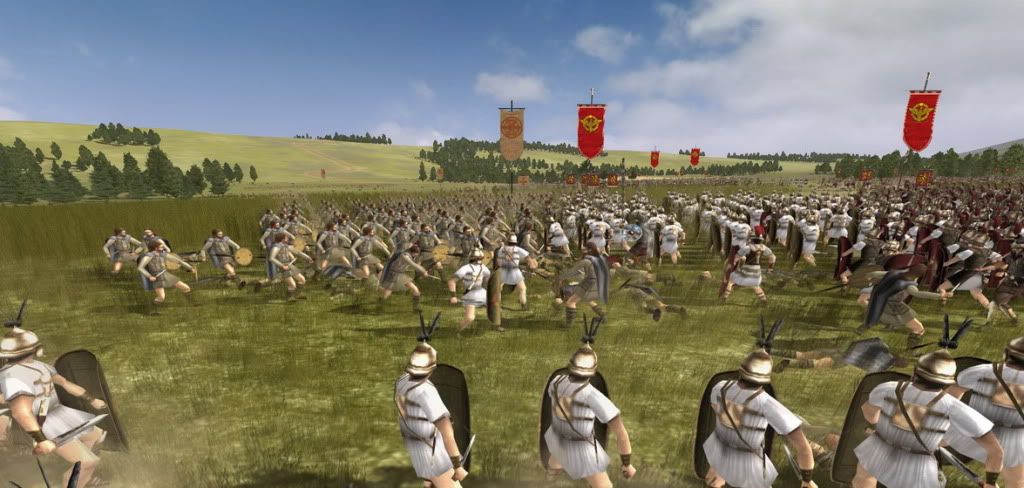
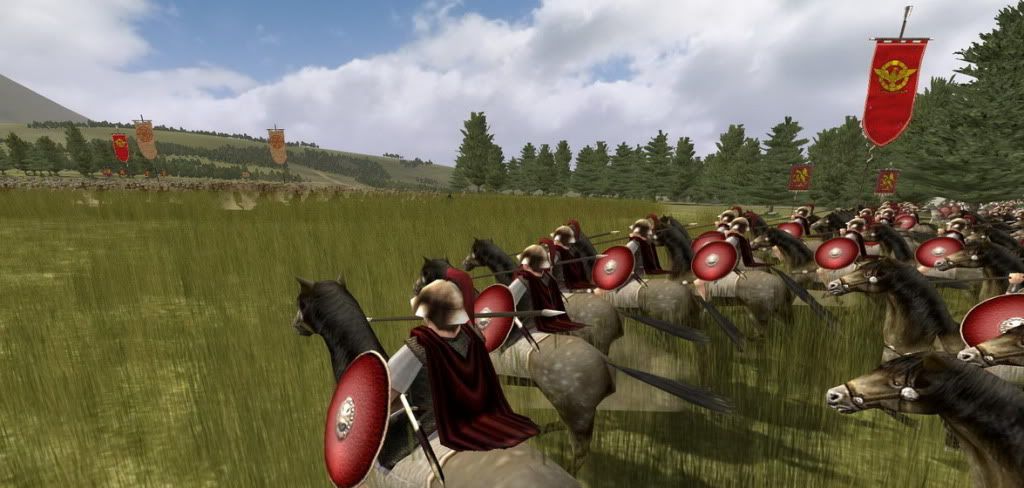
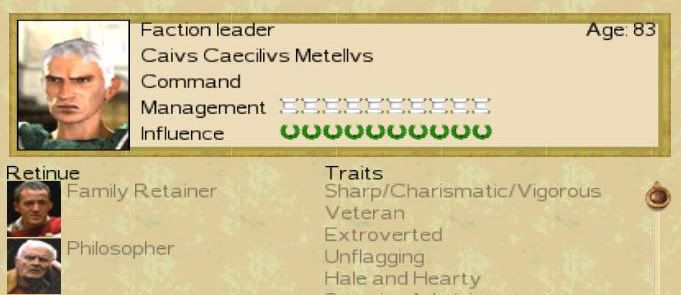


 Reply With Quote
Reply With Quote
Bookmarks